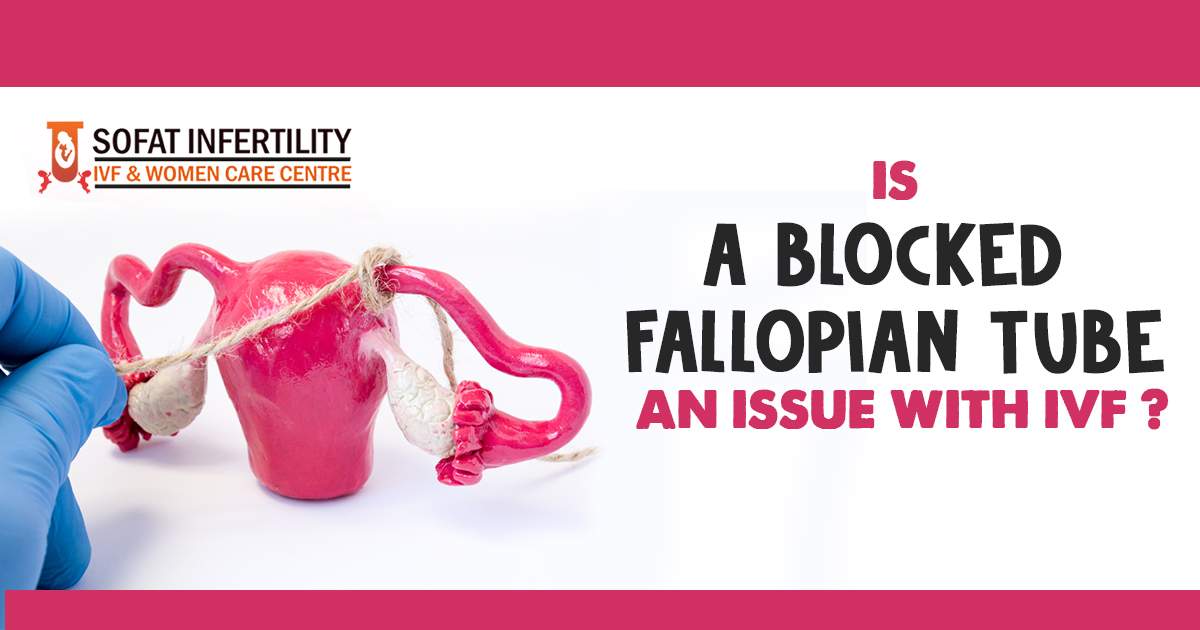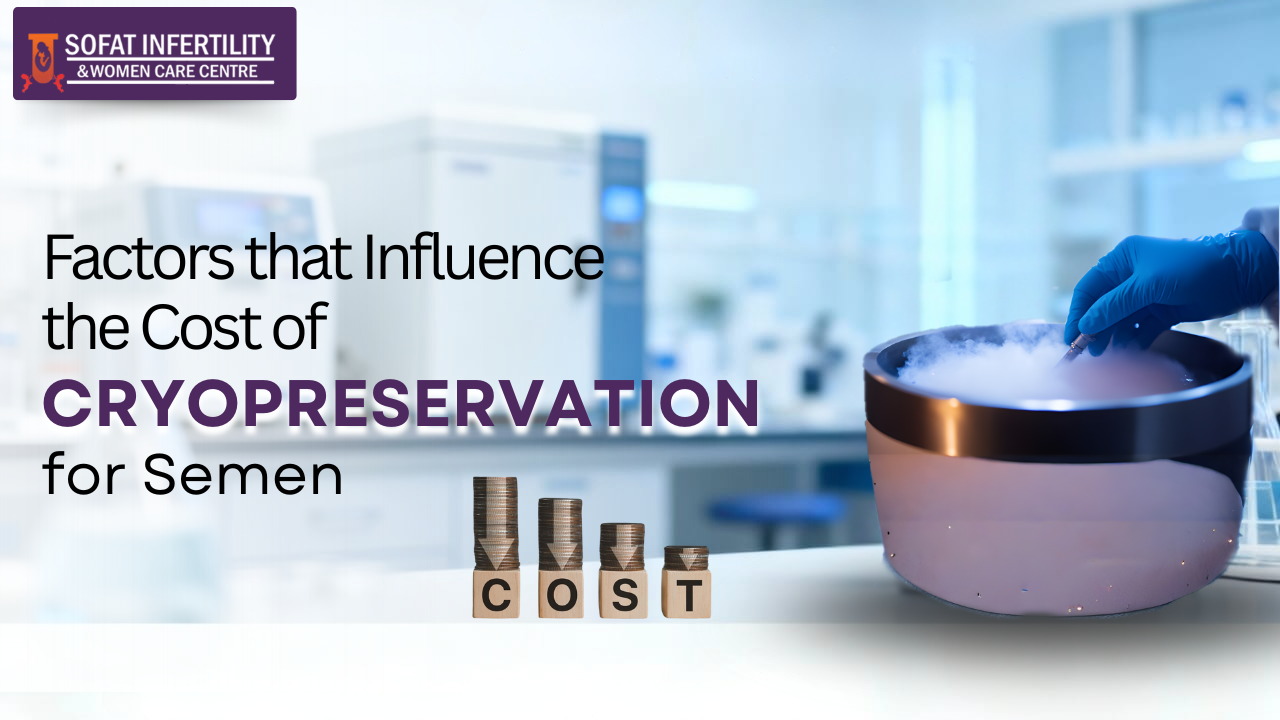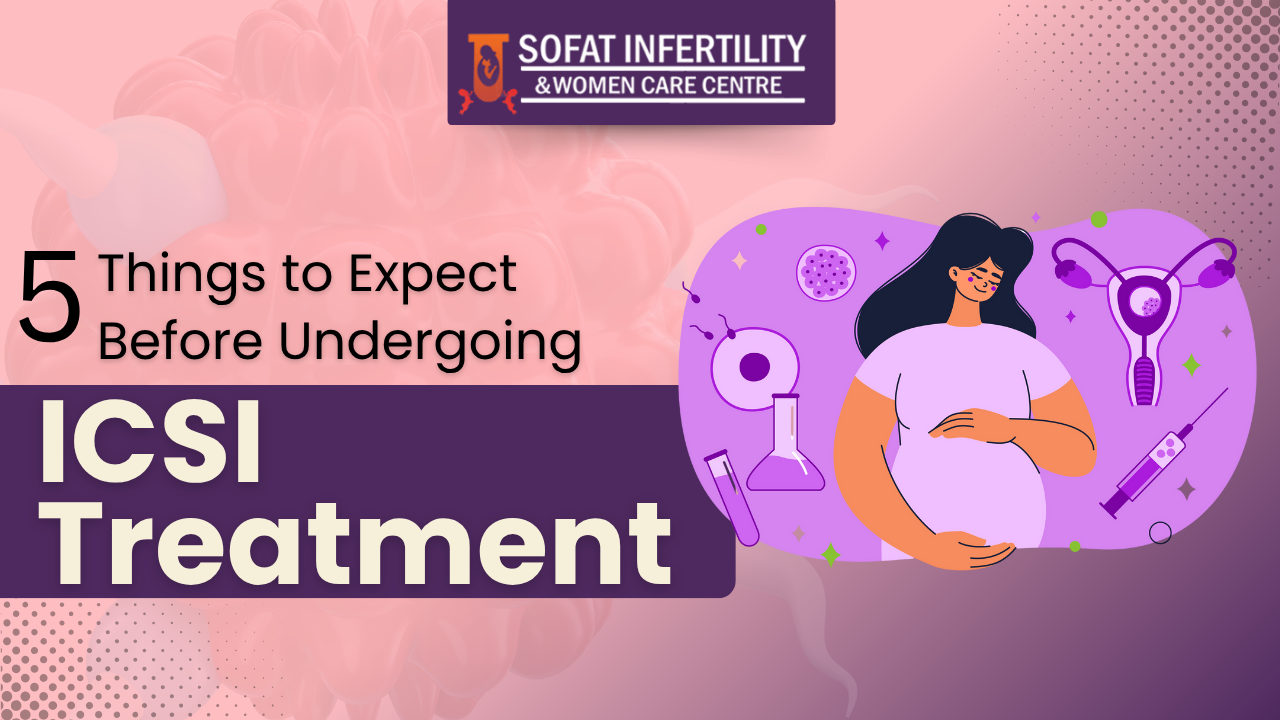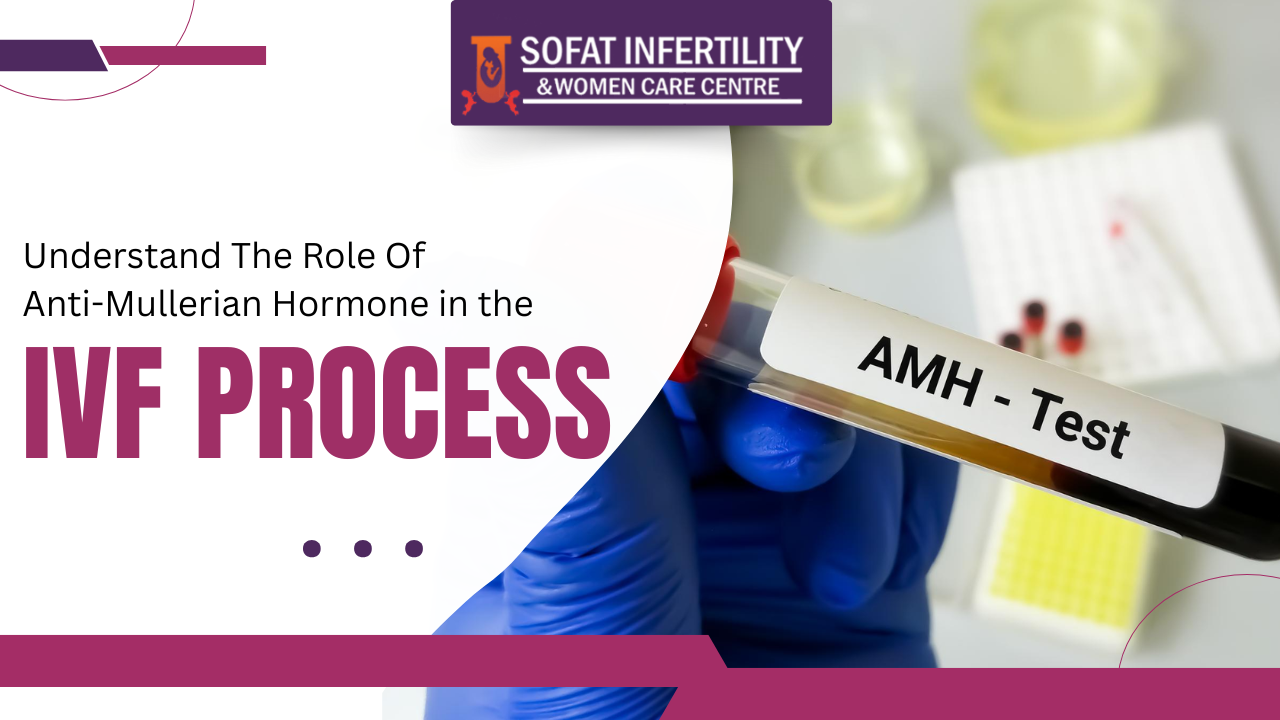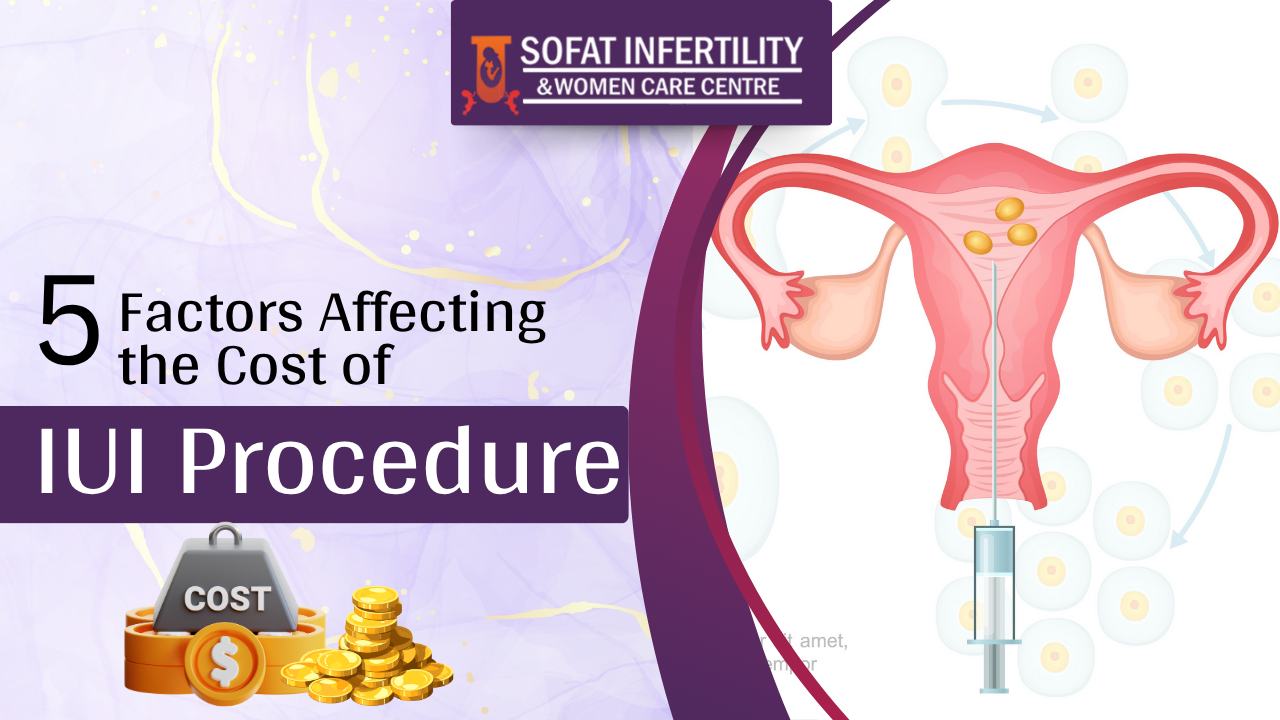![]()
Sofat Infertility & Women Care Centre: IVF is a procedure which occupies a significant place in the ART. It can be used in cases where the female is unable to conceive due to blocked tubes. Getting the blocked tubes cleared was considered a standard medical procedure. IVF is a beneficial treatment which offers a non-surgical way of treating your infertility. It is known to have produced excellent pregnancy rates. Test tube baby in India is possible through the technique of IVF.
The problems with tubal disease
Damaged tubes are rarely reparable. The common cause of blocked tubes is a tubal disease. They usually damage the tubal fimbria, the projections at the end of the tube. They are quite delicate, finger-shaped projections. They help in capturing the egg after it has been released from the ovary. A pelvic infection might damage the entire tube’s thickness, which includes the tubal muscle and the inner mucosal layer. The scarring of these layers leads to the incapability of the tube to be healed through surgery. It may lead to increased chances of having a tubal pregnancy. If the couple is not comfortable with IVF or they do not fall in the ideal category of candidates for IVF, then tubal surgery may be the only option left for them.
What does the damaged tube mean?
Fimbria is a part of the fallopian tubes. Once it gets damaged, the tube gets filled up with a fluid-like substance. This condition is called hydrosalpinx. HSG (hysterosalpingogram) is performed to detect the presence of hydrosalpinx. HSG test must be carried out for all the infertile women to rule out blockage of tubes. Women with hydrosalpinx should undergo ligation or removal of tubes.
The impact of hydrosalpinx on fertility
A woman with hydrosalpinx is unlikely to conceive even if she undergoes IVF. The theory related to this problem is that the fluid in the tube might flow back into the uterine cavity. As the fluid contains toxic substances, the receptivity of the endometrium is greatly reduced. This leads to the prevention of successful implantation. Even if the conception has taken place, it may have detrimental effects on the embryo. It may prove to have a toxic effect on the embryo. It may also be responsible for flushing the embryo out of the cavity.
For the above-given reasons, it becomes obvious that one should get the condition treated before opting for IVF. An untreated hydrosalpinx condition can result in chances of failure. If you want to increase the chances of pregnancy, then the condition of hydrosalpinx must be treated before starting IVF. In case only 1 tube shows the condition of hydrosalpinx, it is suitable to get it removed. Thereafter, the patients will have higher chances of conception in the normal tube.

